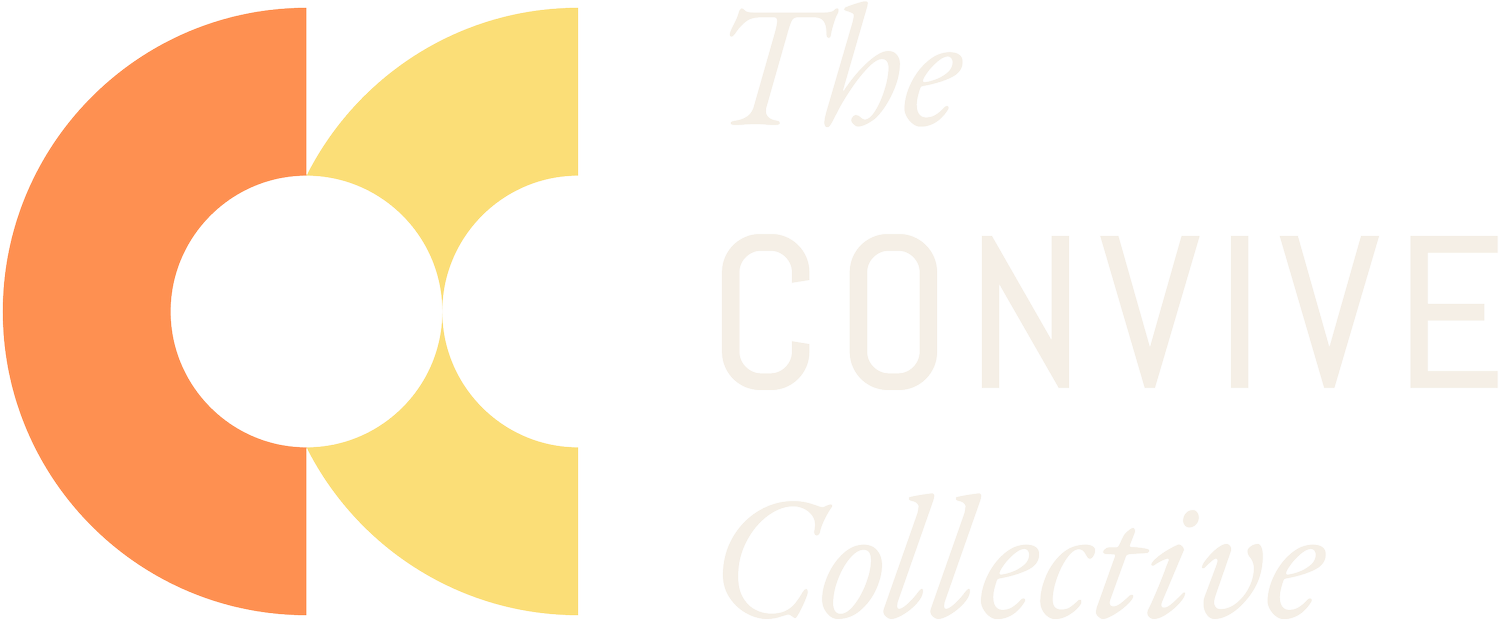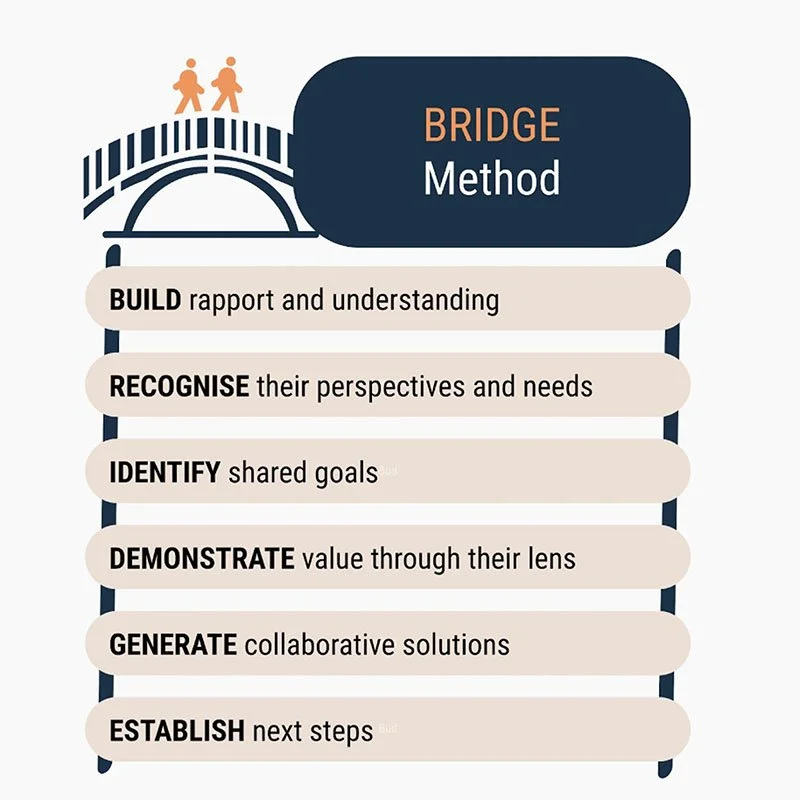They Hired You for Learning, So Why Won’t They Invest In It? Tips for Getting Leadership Buy-in: Part 3
Written by: Monalisa Salib and Ashley Dresser, The Convive CollectiveIn our first blog of this series, we introduced you to Luisa, “Learning is a Luxury” Team Leader, who could not justify spending time on learning when her team was already overworked. Through the BRIDGE method, we showed you how you could transform her instead into Luisa, “Learning Helps Me Lead.”
Then, in our second blog of this series, you met William, the “We Know It All” Program Manager who dismissed your proposal for a partnership strategy session, despite growing misalignment between the organization’s strategy and partner focus areas. Once again, we applied the BRIDGE method to help shift William into “We Could Learn a Thing or Two.”
Now, meet Tara—the “Tight on Resources” Executive Director. Tara has a confident, no-nonsense presence. She comes from the private sector, and while she’s not unkind, she asks pointed, strategic questions to determine whether an idea is truly worth pursuing. Her bottom line: value for money. She probes calmly but directly, and you know you’ll need hard data to make your case.
“I need you to help me understand the math here. We just cut two programs and had to lay off some staff members. Our board is already questioning our overhead rates, and now you want me to spend $8,000 on a facilitator? Plus, if we have 12 staff in these sessions, that’s 84 hours of staff time annually. At our average salary, that’s another $3,000 in opportunity costs. And I’m not even counting our partners’ time.”
So how do you engage Tara constructively and shift her from “Tight on Resources” to “Time Well Spent”?
Try the BRIDGE Method
As with Luisa and William, we recommend using the BRIDGE Method. It helps you meet Tara where she is, acknowledge her perspective, and collaboratively determine how to invest the right amount of time, energy, and money in organisational learning for the best possible outcomes.
Here’s how a BRIDGE conversation with Tara might go:
B - Build rapport and understanding: “I’m sorry to hear about the pressure you are under on the financial front.”
R - Recognise their perspectives and constraints: “I hear you - this needs to be worth the costs.”
I - Identify shared goals: “We both want to make sure we are making the most use of our resources, and from what we’re hearing, this challenge is holding our partners back from greater impact.”
D - Demonstrate value: “What if these sessions helped partners identify what they could be doing differently to overcome this challenge, ultimately making them more efficient in their program delivery?”
G - Generate collaborative solutions: “We could reduce our costs by using internal facilitators. I’m happy to take the lead and if we see value after the first session, we could invest in external resources. I’m just worried I won’t have the bandwidth to always facilitate. We will need to be clear with our partners that we’re testing whether this kind of peer learning is valuable.”
E - Establish next steps: “Yes, I can definitely put together a basic plan for this and think through updated cost numbers and the potential benefits so you can weigh the pros and cons.”
As we said with Luisa and William, so much of what happens in organisations comes down to having one good conversation at a time. We hope the BRIDGE method helps you make those conversations count—and helps turn skeptical leaders into learning champions.
Want more?
📬 Sign up for our newsletter below for updates, resources, and insights.
🎓 Join our Learning in Philanthropy Cohort—where this learning experience was first developed. To get on the waitlist, share your contact info with Ashley Dresser.
🤝 Ready to go further? Contact us to support your journey to becoming a more effective learning philanthropy.



